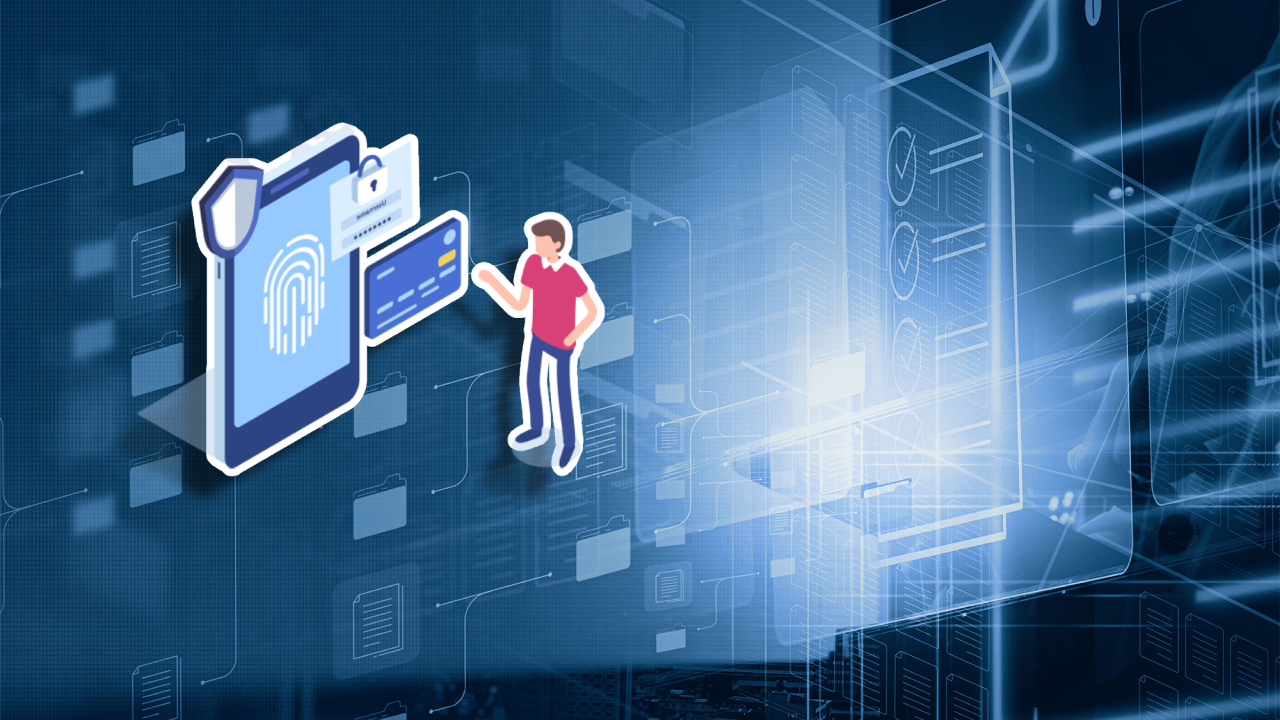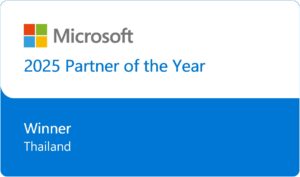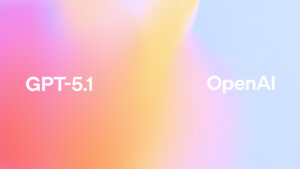What is data loss prevention (DLP)?

Data loss prevention (DLP) is a security framework designed to help organizations detect, monitor, and protect sensitive data from being inappropriately shared, unauthorized export, or exposed to untrusted environments.
DLP fundamentally combines technology, policy, and governance to protect data across hybrid environments—on-premises systems, cloud services, and endpoints.
How does DLP work?
To reduce the risk of data loss, DLP works as follows:
- Categorize important information
Start by searching and labeling data according to defined rules or policies. - Monitor activities
Use AI, machine learning, and other detection techniques to monitor data movement. - Use preventative measures
Depending on the risk level, data may be encrypted, data export blocked, or access restricted. - Manage and store data
Help define the data lifecycle, such as retention, deletion, or archiving, to comply with regulations.
Why is DLP important to your organization?
- Visibility and control of key data
DLP helps organizations see what sensitive data they have, where it is, and who may be misusing it. - Insider Risk Protection
Reduce the sharing of incorrect or fraudulent information by employees. - Support legal requirements
Help organizations comply with standards such as HIPAA, GDPR. - Automatic policy enforcement
The system can encrypt or block data transmission without requiring human verification each time.
Common threats that DLP helps protect against
Threats | Description |
Cyberattacks | Unauthorized access, malware, or ransomware attempting to steal data |
Insider Risks | Employees or contractors who intentionally or unintentionally leaked data |
Unintentional Exposure | Sharing sensitive information incorrectly or without control |
Phishing | Attackers trick victims into revealing sensitive information via email. |
Best practices for using DLP
To use DLP effectively, organizations should:
- Start by searching for information
Know what important information is in the system - Establish clear policies
Identify data classification, sharing, and protection - Use in phases
Start with a trial and then scale it up to cover the entire organization. - Employee training
Make sure everyone understands their role in protecting data. - Use automation as much as possible
Use AI, machine learning and anomaly detection to enhance protection.
Microsoft Approach: Purview DLP
Microsoft Purview DLP is an integrated solution that manages, monitors, and protects sensitive data through the Microsoft security framework.
Support hybrid work environments by protecting data across devices, cloud apps, and on-premises systems, while providing robust data classification, encryption, and compliance capabilities for administrators.
Conclusion
Data loss prevention (DLP) is more than just a security measure, it's a core strategy for protecting sensitive data in modern organizations. By combining intelligence, policy, and governance, DLP helps organizations effectively maintain security, compliance, and control over their data.
Whether you're addressing internal risks, regulatory requirements, or simply need greater visibility into your data, deploying a robust DLP solution like Microsoft Purview is a key step towards truly elevating your organization's security.
Interested in Microsoft products and services? Send us a message here.
Explore our digital tools
If you are interested in implementing a knowledge management system in your organization, contact SeedKM for more information on enterprise knowledge management systems, or explore other products such as Jarviz for online timekeeping, OPTIMISTIC for workforce management. HRM-Payroll, Veracity for digital document signing, and CloudAccount for online accounting.
Read more articles about knowledge management systems and other management tools at Fusionsol Blog, IP Phone Blog, Chat Framework Blog, and OpenAI Blog.
New Gemini Tools For Educators: Empowering Teaching with AI
If you want to keep up with the latest trending technology and AI news every day, check out this website . . There are new updates every day to keep up with!
Fusionsol Blog in Vietnamese
- What is Microsoft 365?
- What is Copilot?What is Copilot?
- Sell Goods AI
- What is Power BI?
- What is Chatbot?
- Lưu trữ đám mây là gì?
Related Articles
Frequently Asked Questions (FAQ)
What is Microsoft Copilot?
Microsoft Copilot is an AI-powered assistant feature that helps you work within Microsoft 365 apps like Word, Excel, PowerPoint, Outlook, and Teams by summarizing, writing, analyzing, and organizing information.
Which apps does Copilot work with?
Copilot currently supports Microsoft Word, Excel, PowerPoint, Outlook, Teams, OneNote, and others in the Microsoft 365 family.
Do I need an internet connection to use Copilot?
An internet connection is required as Copilot works with cloud-based AI models to provide accurate and up-to-date results.
How can I use Copilot to help me write documents or emails?
Users can type commands like “summarize report in one paragraph” or “write formal email response to client” and Copilot will generate the message accordingly.
Is Copilot safe for personal data?
Yes, Copilot is designed with security and privacy in mind. User data is never used to train AI models, and access rights are strictly controlled.



